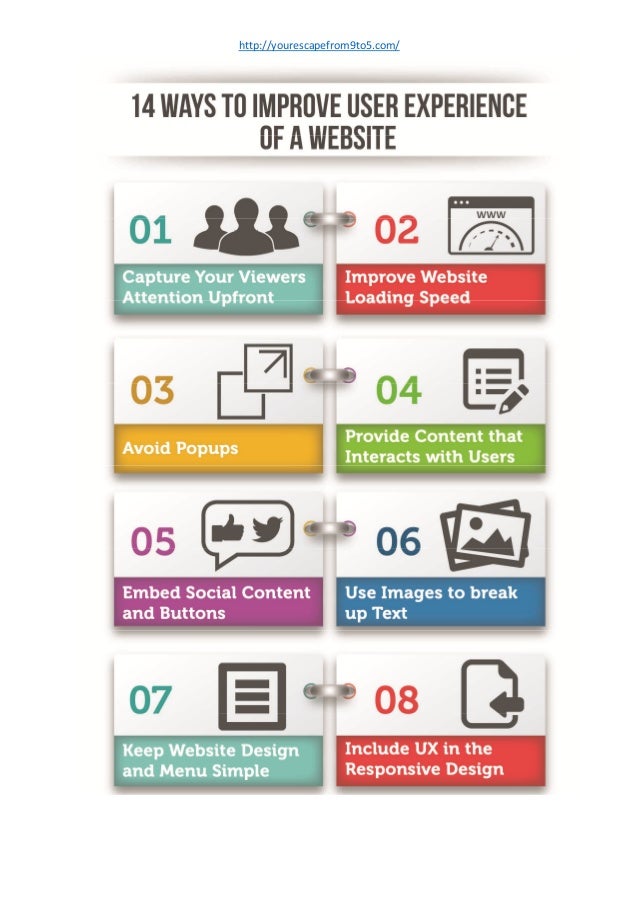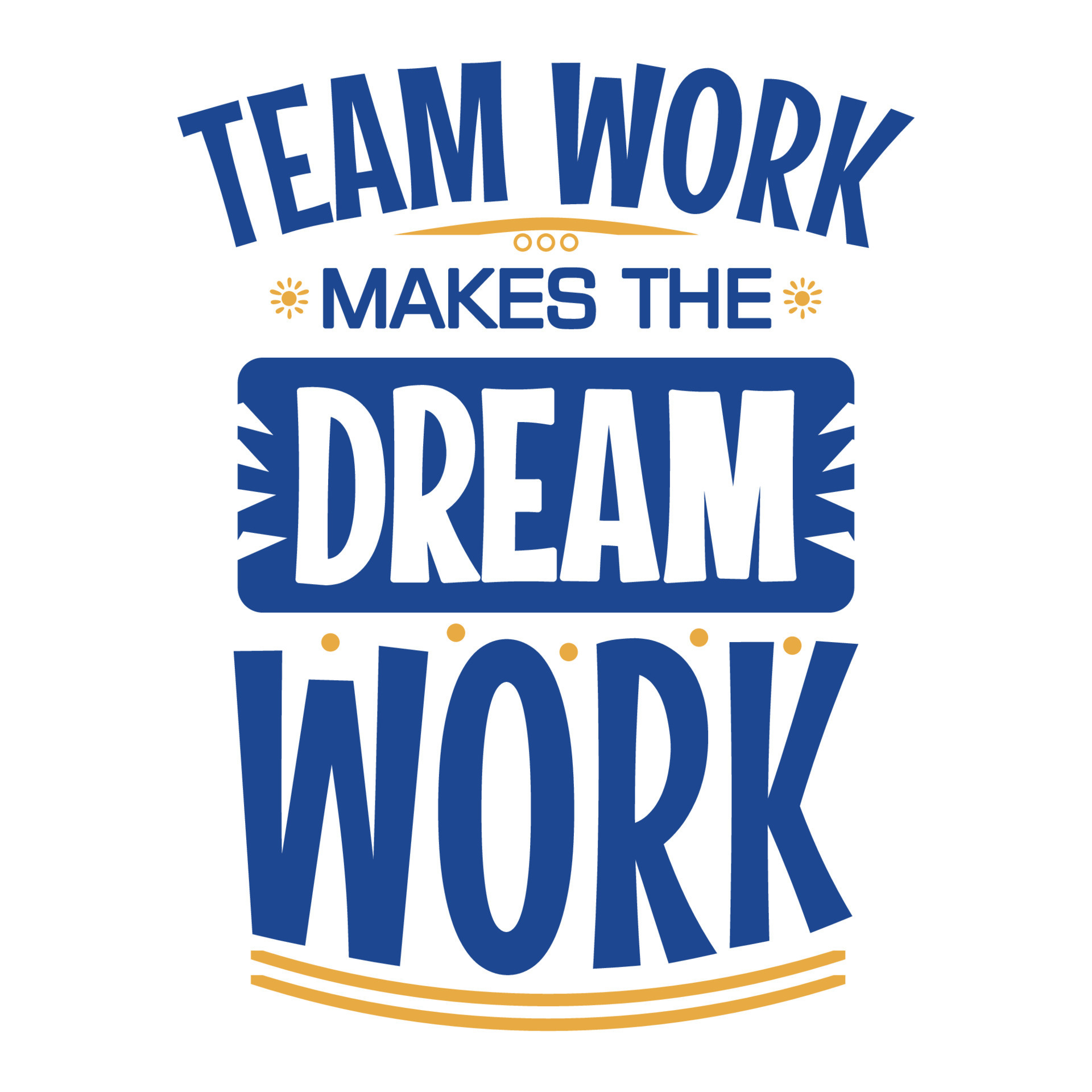4 Ways to Enhance UX in Social Work

In the ever-evolving field of social work, the concept of User Experience (UX) is gaining traction as a vital aspect to consider. Social work professionals are increasingly recognizing the importance of creating seamless and intuitive experiences for their clients, colleagues, and stakeholders. By implementing thoughtful UX strategies, social workers can enhance their practices, improve outcomes, and foster better connections within their communities.
This article aims to delve into four effective ways to elevate UX in the realm of social work, backed by real-world examples and insights from industry experts. By exploring these strategies, social work professionals can learn how to create more user-centric services and initiatives, ultimately revolutionizing the way they deliver support and assistance.
1. Empathic Design: Understanding User Needs

Empathic design is a powerful approach that places the user at the heart of the design process. In the context of social work, this means deeply understanding the unique needs, challenges, and experiences of the individuals and communities being served. By adopting an empathic mindset, social workers can design services and interventions that are not only effective but also highly relatable and accessible.
One real-world example of empathic design in social work is the development of the MyStrengths app by a team of social work professionals and software developers. MyStrengths is a mobile application aimed at supporting individuals with mental health concerns. The app's creators conducted extensive user research, including focus groups and interviews with people experiencing mental health issues, to understand their specific needs and preferences.
Through this research, the team discovered that users valued a sense of control and autonomy in their mental health journey. As a result, the app was designed to provide personalized recommendations and resources based on each user's unique strengths and goals. This empathic approach to design not only improved user engagement but also led to better mental health outcomes, as users felt empowered and understood by the app.
Key Takeaways for Empathic Design
- Conduct thorough user research and engage directly with the target audience to understand their needs and perspectives.
- Use design thinking principles to iterate and refine your ideas based on user feedback.
- Consider the emotional and cultural context of your users to create designs that are sensitive and inclusive.
2. Streamlining Service Delivery: The Power of Efficiency

Efficiency is a critical aspect of UX in social work, as it directly impacts the user’s experience and the overall success of interventions. Streamlining service delivery processes can reduce wait times, minimize administrative burdens, and ensure that users receive timely and effective support.
Consider the example of the Social Services Portal, a web-based platform developed by a local government agency to centralize and streamline access to various social services. The portal was designed with a user-centric approach, incorporating features such as:
- Intuitive Navigation: A simple and logical menu structure, making it easy for users to find the services they need.
- Online Forms: Streamlined application processes, reducing the need for in-person visits and paperwork.
- Real-time Updates: Users receive instant notifications about the status of their applications, reducing uncertainty.
By implementing these efficiency-focused UX strategies, the Social Services Portal not only improved the user experience but also reduced administrative costs and increased the agency's capacity to serve more individuals in need.
Strategies for Streamlining Service Delivery
- Map out the user’s journey and identify pain points where inefficiencies may occur.
- Implement digital solutions to automate repetitive tasks and reduce manual errors.
- Regularly gather user feedback to identify areas for improvement and make data-driven decisions.
3. Personalization: Tailoring Experiences to Individual Needs
Personalization is a key aspect of UX that can greatly enhance user engagement and satisfaction in social work. By tailoring experiences to individual needs, social workers can create a sense of connection and understanding, fostering better outcomes and stronger relationships.
For instance, the Virtual Counseling Platform, a video conferencing tool specifically designed for counseling sessions, offers personalized features to enhance the user experience. The platform allows counselors to customize their virtual "office" spaces, choosing themes and backgrounds that create a comfortable and familiar environment for their clients.
Additionally, the platform incorporates a feature that enables counselors to send personalized reminders and motivational messages to their clients between sessions. This level of personalization not only improves client engagement but also demonstrates a genuine care and understanding for the client's well-being.
| Personalization Strategy | Impact |
|---|---|
| Customizable User Profiles | Users feel a sense of ownership and connection to the platform. |
| Personalized Content Recommendations | Improved engagement and relevance of resources. |
| Tailored Communication | Enhanced client-counselor relationship and trust. |

Tips for Implementing Personalization
- Collect and analyze user data to identify patterns and preferences.
- Use this data to create targeted content and experiences.
- Ensure that personalization respects user privacy and data protection regulations.
4. User-Friendly Technology: Bridging the Digital Divide
In today’s digital age, technology plays an increasingly significant role in social work. However, it’s crucial to ensure that the technology used is accessible and user-friendly for all users, regardless of their technical expertise or abilities.
The CommunityConnect initiative is a great example of how user-friendly technology can bridge the digital divide in social work. CommunityConnect developed a simple and intuitive mobile app that connects individuals in need with local resources and services. The app's interface was designed with a focus on simplicity, ensuring that even users with limited digital literacy could easily navigate and find the support they required.
Furthermore, CommunityConnect conducted training sessions and workshops to educate community members on how to use the app effectively. This holistic approach to technology implementation not only empowered users but also helped build digital skills within the community.
Strategies for User-Friendly Technology
- Conduct usability testing with a diverse range of users to identify potential barriers.
- Prioritize simplicity and intuitive design in your technology solutions.
- Provide training and support to ensure users can effectively utilize the technology.
Conclusion

By adopting these four strategies – empathic design, streamlining service delivery, personalization, and user-friendly technology – social work professionals can significantly enhance the UX of their services and initiatives. These approaches not only improve user satisfaction but also lead to better outcomes and a more connected, supportive community.
As the field of social work continues to evolve, embracing UX principles will be key to delivering high-quality, user-centric services that make a meaningful impact on the lives of those in need.
How can social workers measure the impact of UX enhancements on their services?
+Social workers can utilize various evaluation methods, including surveys, focus groups, and data analytics, to measure the impact of UX enhancements. Tracking key performance indicators such as user satisfaction, engagement, and retention can provide valuable insights into the effectiveness of their UX strategies.
What are some common challenges in implementing UX improvements in social work settings?
+Common challenges include limited resources, resistance to change, and the need for ongoing training and support. Social workers may also face difficulties in balancing the need for personalized experiences with the demand for efficient, scalable solutions.
How can social workers stay updated with the latest UX trends and best practices?
+Attending conferences, workshops, and webinars focused on UX in social work can provide valuable insights and networking opportunities. Additionally, staying connected with industry publications, blogs, and online communities dedicated to UX can help social workers stay abreast of the latest trends and innovations.



